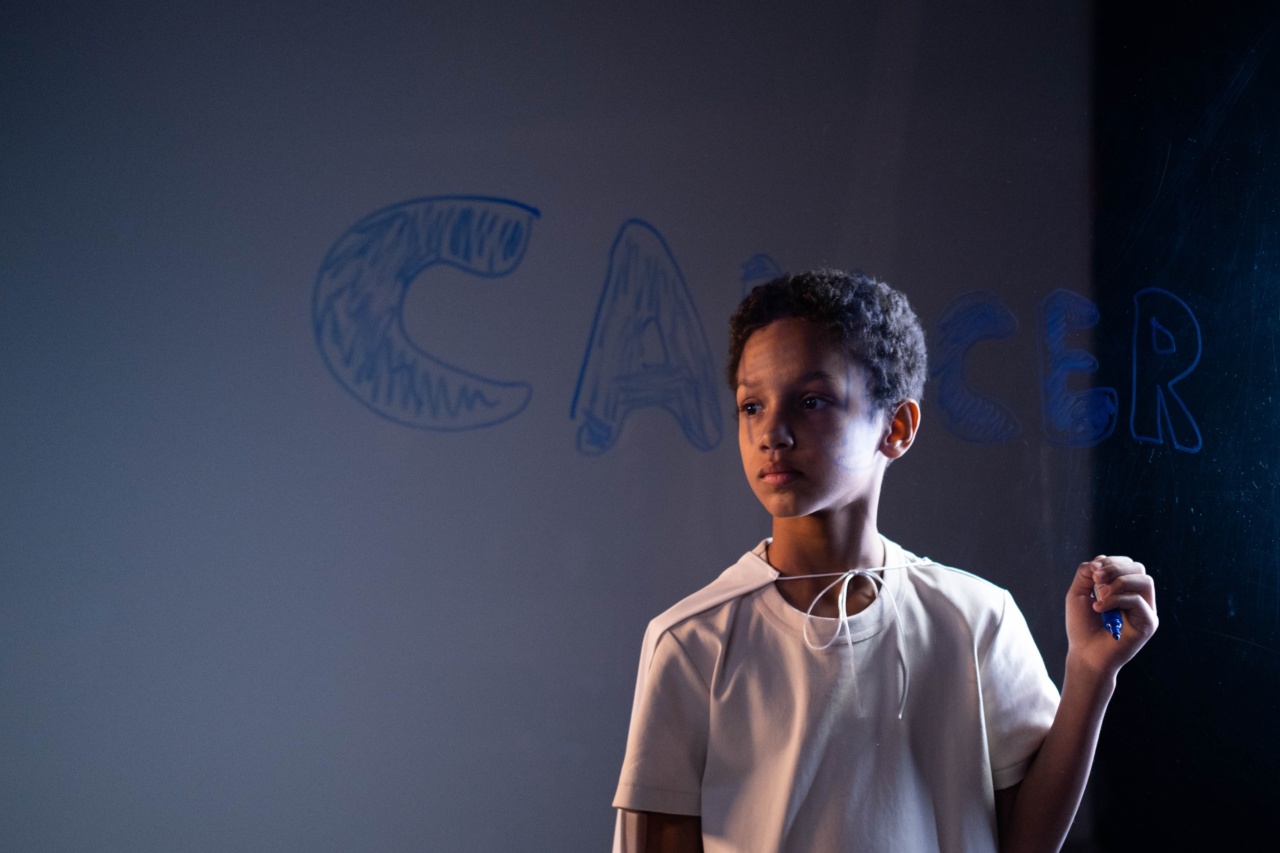In the world of medicine, there is perhaps no greater joy than seeing a child conquer cancer. And today, we have some incredible news to share – over 75% of children diagnosed with cancer are now being successfully cured.
This is a monumental achievement that brings hope to countless families dealing with the devastating effects of pediatric cancer. Let’s delve deeper into this remarkable progress and explore the factors that have contributed to these staggering cure rates.
The Pioneers of Pediatric Oncology: A Path to Progress
Decades ago, a cancer diagnosis for a child was almost always a death sentence. But thanks to the relentless efforts of countless medical professionals and researchers, the landscape has transformed dramatically.
The breakthroughs in the field of pediatric oncology can be attributed to the groundbreaking work of pioneers who dedicated their lives to understand the complex nature of childhood cancers.
Experts like Dr. Sidney Farber, whose research on treating acute lymphoblastic leukemia (ALL) laid the foundation for modern cancer treatments, have paved the way for innovative therapies that have revolutionized pediatric oncology.
Their discoveries have reshaped the approach to cancer treatment, shifting it from a hopeless battle to one that is filled with hope and promising outcomes.
Advancements in Treatment Strategies
The remarkable improvement in the cure rates for pediatric cancer is largely due to the tremendous advancements in treatment strategies. Here are some key factors that have contributed to this extraordinary success:.
1. Precision Medicine: Targeting Cancer Effectively
Precision medicine has emerged as a game-changer in the treatment of pediatric cancer. By analyzing genetic changes within a patient’s tumor, doctors can tailor treatment plans that specifically target those abnormalities.
This personalized approach allows for more effective treatment with fewer side effects.
2. Immune System-Based Therapies: Unlocking the Body’s Potential
Immunotherapy, a type of treatment that harnesses the body’s immune system to fight cancer, has showcased remarkable results in pediatric cancers.
Treatments like CAR-T cell therapy, which involves modifying a patient’s own immune cells to recognize and attack cancer cells, have proved to be incredibly successful in combating certain types of childhood cancers like leukemia and lymphoma.
3. Reduced Toxicity: Minimizing Long-Term Side Effects
One of the major concerns with cancer treatments is their potential long-term side effects, especially in developing bodies.
Medical advancements have significantly reduced the toxicity of treatments, ensuring that children can lead healthier lives post-cancer. Targeted therapies and improved radiation techniques have played a crucial role in minimizing the impact of treatment on a child’s long-term well-being.
4. Collaborative Research: Sharing Knowledge for Greater Impact
Research and collaboration within the medical community have been vital in driving progress against pediatric cancer.
By sharing knowledge and experiences, doctors and researchers worldwide can develop a deeper understanding of childhood cancer and devise innovative treatment approaches. This collective effort has paved the way for more effective treatment protocols and increased cure rates.
The Role of Supportive Care: Holistic Healing for Children
While treatments and medical breakthroughs take center stage, the role of supportive care in ensuring successful outcomes cannot be overlooked.
Children battling cancer require comprehensive support, both physical and emotional, to help them overcome the challenges they face during their cancer journey.
In recent years, pediatric oncology centers have prioritized providing holistic care to young patients.
This includes access to psychologists, social workers, child life specialists, and other professionals who focus on supporting the well-being of children throughout their treatment. By addressing the emotional and social needs of young patients, medical teams can significantly improve their quality of life and overall prognosis.
The Ongoing Battle: Promising Areas of Research
While we celebrate the tremendous progress in pediatric oncology, the fight against childhood cancer is far from over.
Researchers continue to explore new avenues and cutting-edge technologies to further improve cure rates and enhance the quality of life for survivors. Some promising areas of research include:.
1. Immunotherapy for Solid Tumors
While immunotherapy has shown significant success in treating leukemia and lymphoma, its impact on solid tumors is limited.
Researchers are actively working towards developing effective immunotherapies for various solid tumors, including neuroblastoma and osteosarcoma.
2. Precision Medicine Beyond Genetics
While precision medicine has been successful in targeting genetic mutations, researchers are delving deeper to identify other biological markers that can be targeted for improved treatment outcomes.
This expanded approach to precision medicine holds the potential to benefit a wider range of pediatric cancers.
3. Long-term Impacts of Treatment
An increasing focus is being placed on understanding the long-term impacts of cancer treatment on survivors.
Researchers are studying the late effects of pediatric cancer treatments, aiming to minimize potential complications and improve the overall quality of life for survivors.
Final Thoughts: Empowering Hope and Inspiring Change
The remarkable progress in curing pediatric cancer brings immense hope to families around the world. With survival rates exceeding 75%, more children have the opportunity to grow up and lead fulfilling lives beyond cancer.
The collective efforts of medical professionals, researchers, support teams, and the unwavering resilience of young patients themselves have transformed a dire diagnosis into a hopeful prognosis.
While challenges remain, the advancements in pediatric oncology continue to push the boundaries of possibility. By investing in further research, supporting families and survivors, and raising awareness, we can empower hope and inspire change.
Together, let us work towards a world where no child’s life is cut short by cancer.
























